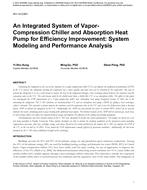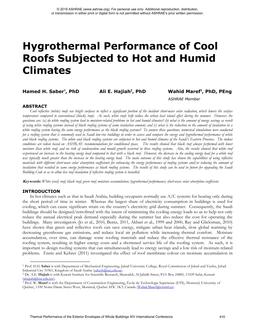The application of modern Information and Communication Technology (ICT) holds a considerable energy saving potential. Thetechnologies are well documented, however often the influence and role of the users of the building is overlooked in these applications. The role ofthe occupant in relation to energy saving is important; the human behavior has a largely influence realized energy consumption. Therefore it isnecessary to incorporate the human behavior in operation of the building services. Additional (wireless) sensors, smart monitoring and actuationsystems adapted to the user behavior and requirement will play a key role in the further reduction of overall energy consumptions in buildings.Through real time tracing of the occupation of offices unnecessary consumption can be prevented. Earlier research Mahdavi (Mahdavi ,2011)showed that over 40% of the time occupants were not on their designated workplace. The purpose of this research is to assess the energy savingpotential of local climate control, by preventing the conditioning of unoccupied spots. Experiments were set up with Wireless Service Networks(WSN) in order to identify the actual use of an office. A field test with this technology was set up in an office of a participating engineering firm.Implementation of a tracking system for occupancy control should lead to a 17% energy reduction for this office.
Citation: ASHRAE Conference Papers, Denver, CO
Product Details
- Published:
- 2013
- Number of Pages:
- 8
- File Size:
- 1 file , 850 KB
- Product Code(s):
- D-DE-13-C007


